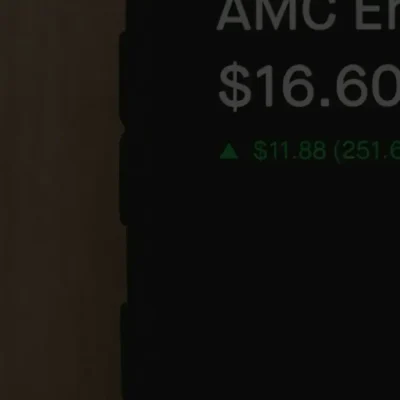As we navigate the dynamic landscape of web development, Node.js continues to be a favored choice for developers due to its asynchronous capabilities and scalability. In this ever-evolving realm, selecting the right Node.js framework is crucial to streamline your app development process. In this article, we delve into the top Node.js frameworks for 2023, providing you with a thorough comparison and insights to aid in your decision-making.
1. THE POWER OF NODE.JS FRAMEWORKS
Before we dive into the comparison, it’s vital to understand the significance of Node.js frameworks. These frameworks offer a structured foundation, enhancing development efficiency, enforcing best practices, and providing an array of tools and modules to expedite coding. They are the backbone of efficient, maintainable, and scalable applications.
2. UNVEILING THE TOP CONTENDERS

Meteor.js: The JavaScript-Centric Marvel
For those seeking a JavaScript-centric framework that revolves around a single language, Meteor.js is a compelling choice. Launched in 2012, this open-source, isomorphic JavaScript web framework allows automatic client changes without developer intervention. It boasts compatibility with diverse operating systems, including Android and iOS. Meteor.js shines with seamless client-server communication and offers comprehensive libraries and testing features for efficient development.
Express.js: The Trusted Workhorse
Express.js holds a dominant position as one of the most downloaded open-source Node.js modules, with around 18 million weekly downloads. Established in 2010, it’s the go-to choice for crafting robust web applications, regardless of whether they’re single-page, multi-page, or hybrid. Despite its minimalist nature, Express.js is equipped with plugins that enhance its capabilities. Trusted by major companies like Uber and PayPal, its efficient routing, content negotiation, and speedy server-side development make it an ideal fit for enterprise-level web apps.
Next.js: Minimalism Meets Interactivity
Next.js, falling under the minimalist framework category, caters to server-rendered React applications. It’s backed by around 1.8 million weekly app downloads and finds favor with over 800 companies globally. Developers inclined towards interactive applications with SEO-friendly features lean towards Next.js. The framework enables server-side rendering and static page generation, offering hybrid application development through Automatic Static Optimization. Its built-in CSS support, detailed documentation, and image optimization capabilities contribute to its appeal.
Falling under the minimalist framework category, Next.js caters to server-rendered React applications. It’s backed by around 1.8 million weekly app downloads and finds favor with over 800 companies globally. Developers inclined towards interactive applications with SEO-friendly features lean towards Next.js. The framework enables server-side rendering and static page generation, offering hybrid application development through Automatic Static Optimization. Its built-in CSS support, detailed documentation, and image optimization capabilities contribute to its appeal.
Koa.js: Flexibility and Seamless Development
Koa.js, an open-source framework with a backend tech stack, garners about 1 million weekly downloads. With a presence in over 200 stacks and support from around 90 companies, it’s a lightweight and flexible framework. Designed by the same creators as Express.js, Koa.js stands out with its use of async functions, enhancing bug handling and eliminating callbacks. Despite fewer downloads, it excels in easy web application development through various tools and methods, focusing on interoperability, robustness, and efficient coding.
Hapi.js: Flawless and Scalable Applications
Hapi.js, an open-source Node.js framework, empowers developers to create seamless and scalable web applications. It boasts about 400k weekly downloads and finds traction among 76 organizations globally. Hapi.js is apt for crafting websites, API servers, and HTTP proxy applications. Its thorough code verification process ensures security, and the framework’s rich ecosystem of official plugins and user-friendly interface add to its appeal.
As we progress through 2023, these Node.js frameworks hold distinct strengths and offerings that cater to diverse development needs. Whether you’re aiming for simplicity, performance, interactivity, flexibility, or security, the perfect framework awaits to propel your app development journey forward. Meteor.js, Express.js, Next.js, Koa.js, and Hapi.js each offer a unique approach, allowing you to craft innovative, successful web applications aligned with the demands of the digital age.
In the ongoing journey of 2023, these Node.js frameworks showcase distinct strengths and offerings catering to diverse development needs. Whether aiming for simplicity, performance, interactivity, flexibility, or security, the perfect framework awaits to drive your app development journey forward. Meteor.js, Express.js, Next.js, Koa.js, and Hapi.js each present a unique approach, enabling you to craft innovative, successful web applications aligned with the demands of the digital age.





















